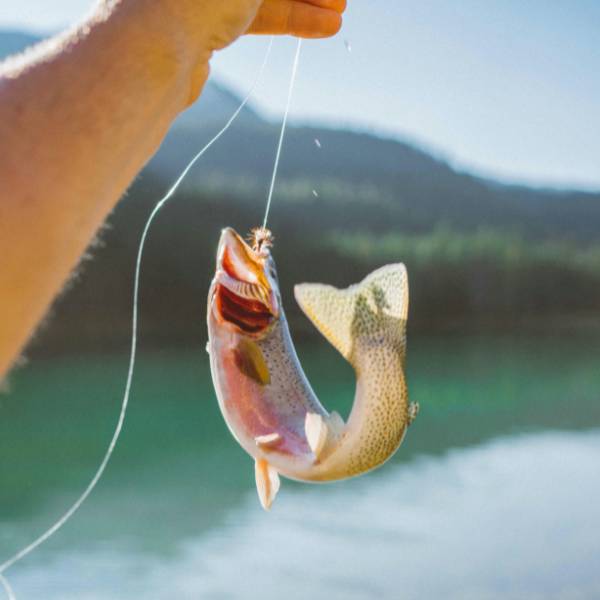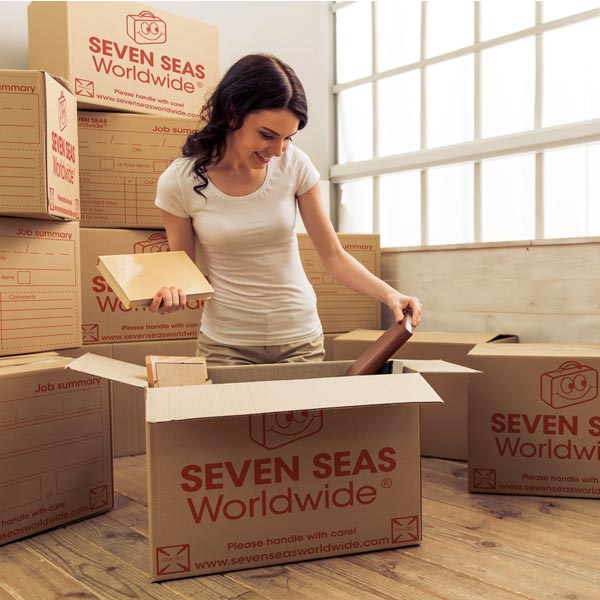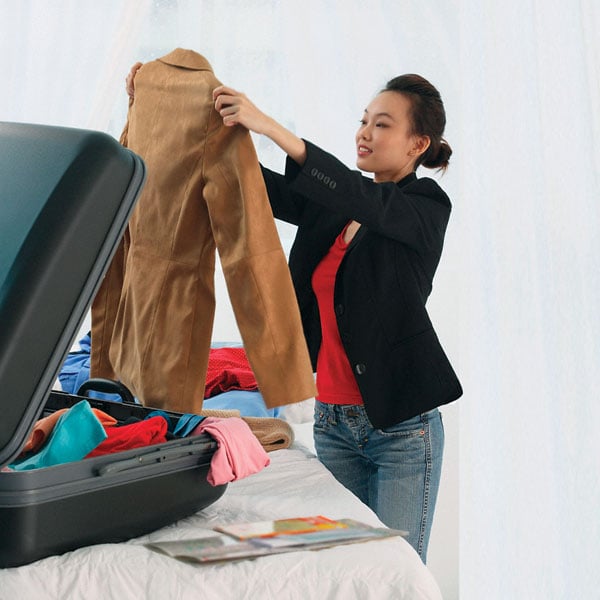Before packing, check this list of items prohibited from entering a particular country or region.
Key takeaways
- The best way to ship fishing rods is to disconnect multi-piece poles, wrap each section in bubble wrap, place them into a cardboard tube and send them with a trusted overseas shipping company.
- To pack fishing rods for moving, clean and dry the pole, remove the reel and place it in a separate box, wrap all parts in plenty of bubble wrap and pack the rod into a sturdy tube with crumpled paper at each end to prevent movement during transit.
- A fishing pole box for shipping is a special container made from cardboard, fibreboard, or plastic designed to protect your rod during transit, particularly over long distances.
Best way to ship fishing rods
The best way to ship fishing rods is to disconnect multi-piece rods, wrap each section in bubble wrap, place them into rigid cardboard mailing tubes and choose a trusted overseas shipping company with experience handling sports equipment.
Look for features like tracking, insurance, door-to-door delivery, and customs support. Include accurate customs forms and a detailed packing list. For complete peace of mind, take out insurance and photograph your fishing rod before packing to document its condition.

How to pack fishing rods for moving
To pack fishing rods for moving, start by cleaning them to prevent friction damage or rust during transit and to comply with customs regulations. Many countries, including the US, Australia, and New Zealand, have strict rules on importing items contaminated by organic matter.
Start by rinsing the rod with mildly soapy tap water to remove salt, dirt or debris. Use a soft cloth or sponge, and avoid anything abrasive that could cause scratches. Pay close attention to the guides and reel seat, where grit can easily build up. Once rinsed, dry the rod thoroughly with a lint-free cloth* to prevent mould or rust during transit.
For multi-piece rods, separate each section and repeat the process, ensuring all parts and joints are fully clean and dry. If shipping with the reel, clean in the same manner, but focus on tight areas, such as the spool, handle base, and line roller — use a cotton swab, toothpick, or soft brush to remove hard-to-reach dirt.
Top tip: save money by shipping your one-piece fishing rod inside a long section of PVC gutter pipe*. They're cheap, strong, and relatively light!
Before packing, remove the reel and securely wrap it alongside extra fishing gear, such as spare spools, tackle, and line, into a separate, well-sealed cardboard box. Then, if possible, break down multi-piece rods into sections to reduce the length, wrap them in bubble wrap (especially the tip, guides, and handle), and secure them with tape. Use several layers of bubble wrap to maximise protection. Insert the wrapped sections into a rigid cardboard mailing tube* and seal the end caps securely. Add foam or crumpled paper at each end to prevent movement during transit, seal the ends with strong tape, and clearly label the package as fragile.
For one-piece rods, wrap them in bubble wrap and use extra padding on the tip and guide areas. Wrap the entire rod inside protective foam tubing and place it into a heavy-duty mailing tube, ensuring it fits snugly. Add cushioning materials at both ends, such as foam blocks, to prevent the rod from shifting.
*Seven Seas Worldwide does not endorse these products.

Types of boxes used to ship fishing poles
A fishing pole box is a special container designed to protect rods during transit, particularly over long distances. They vary in material, shape, and protective features depending on the level of protection required, frequency of use, and preferred shipping method (air or sea).
Here are the main types of boxes used to ship fishing rods:
Cardboard
Cardboard fishing pole boxes are a practical choice for everyday shipments. They balance cost and functionality. They are widely available and easily cut into shapes for various rod lengths.
- Construction: heavy-duty corrugated cardboard, usually double- or triple-walled; lightweight; often rectangular or triangular to prevent rolling during transit.
- Features: relatively cheap; may include internal padding or partitions.
- Limitations: vulnerable to crushing under heavy loads or rough handling.
- Accessory space: these are typically designed to hold only rods, though some models allow small, flat items like reel covers or packaging inserts.
- Best for: domestic shipping of low to mid-value rods.
Fibreboard
Fibreboard tubes are a sturdy alternative to cardboard. They provide additional strength without significantly increasing weight, making them ideal for shipments where moderate protection and economy are priorities.
- Construction: cylindrical, spiral-wound compressed paper or wood pulp; often includes plastic or metal end caps.
- Features: rigid and crush-resistant.
- Limitations: can split if dropped from a height.
- Accessory space: usually accommodates rods and small accessories, but bulky items may not fit.
- Best for: standard container for shipping of mid-value rods.
Plastic
Plastic rod boxes are designed to withstand handling and environmental challenges — perfect for frequent or long-distance shipments.
- Construction: rigid polymers such as PVC or HDPE, typically cylindrical-shaped; may include screw-on or snap-lock end caps.
- Features: durable and reusable; may include internal foam or adjustable length.
- Limitations: higher upfront cost; bulkier and heavier than the alternatives.
- Accessory space: usually includes multiple compartments or padding to safely carry reels, tools, or other accessories alongside rods.
- Best for: international or long-distance shipping of high-value rods.












